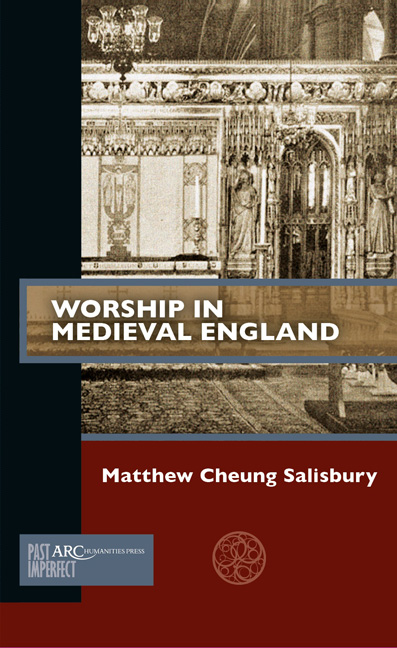Chapter 1 - From Prescription to Reality: The Concept of Liturgical “Use” in England
Published online by Cambridge University Press: 27 January 2021
Summary
In 1549 the newly independent Church of England issued the first edition of the Book of Common Prayer, whose principal architect was Thomas Cranmer, archbishop of Canterbury. Cranmer's creation marked the first time that churches across the entire English landscape were enjoined to worship according to identical orders of service, all of which were to be found in a single volume. It also responded to the fact that the Divine Office, as it had existed into the sixteenth century, was extremely timeconsuming and convoluted to recite as prescribed. Among the innovations (laying aside the very significant shift into the English language as normative) were the condensation of the Divine Office into two services of Morning and Evening Prayer and the wholesale removal of antiphons, responsories, and other aspects of the Office as it had existed, together with accretions on the Mass.
The narrative of the emergence of the Prayer Book has been a great influence on the way that its antecedent, the pre- Reformation liturgy of medieval England, has been understood for the past four hundred years. Above all, it was the shift to a single rite for the whole nation which most significantly influenced subsequent thinking about liturgical text; as Richard Pfaff has written, liturgical scholars became affected by the thinking of a society that worships according to the texts of invariable printed books. The Book of Common Prayer was not only an example of such a volume, it was a deliberate attempt to simplify and unify a complex phenomenon. Yet it is the complexity, rather than the simplification, which is the more significant and rewarding subject for latter- day study. This chapter reveals some of the preconceptions that medieval and later commentators have maintained in their discussion and study of the liturgy of medieval England, and seeks to reshape the understanding of the development and transmission of the principal English “Uses” (patterns of text, music, and ceremonial), as well as to reconsider the fraught beliefs about the wider concept of a “Use.”
- Type
- Chapter
- Information
- Worship in Medieval England , pp. 11 - 40Publisher: Amsterdam University PressPrint publication year: 2018

